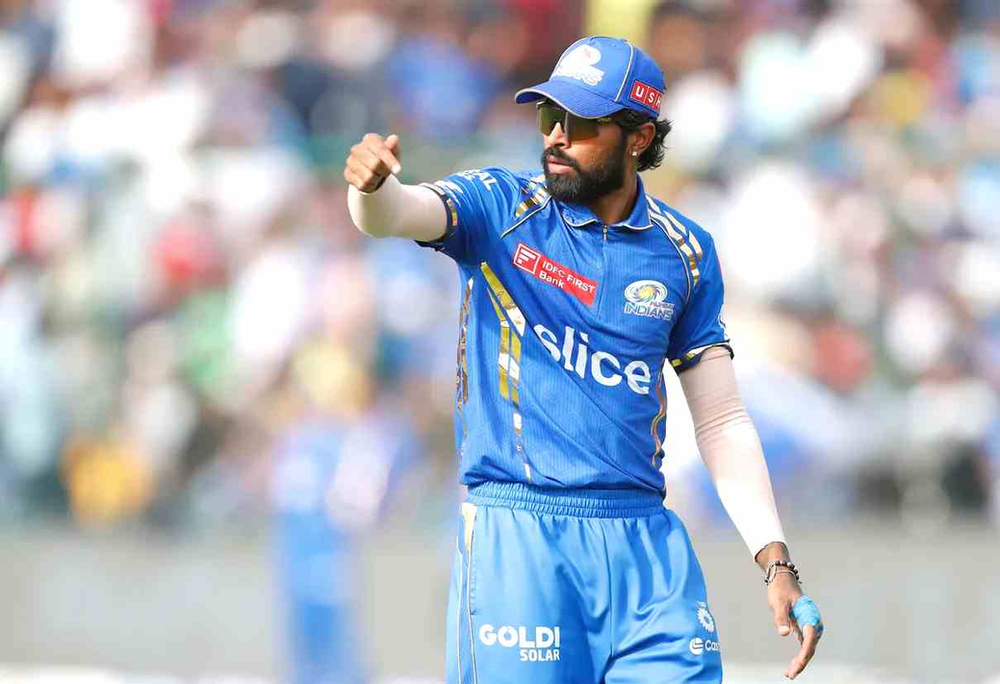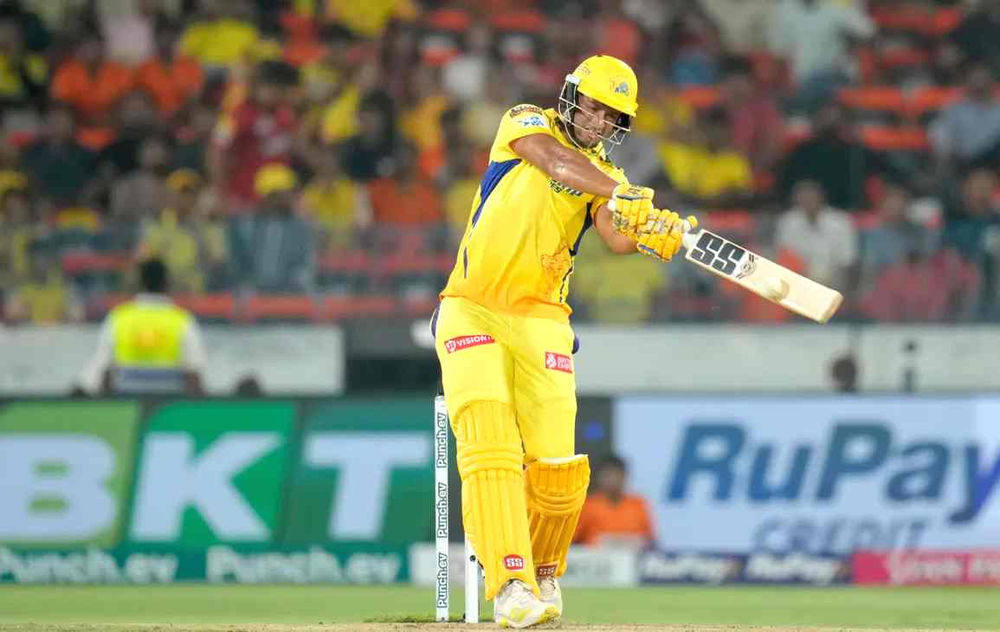IPL 2024: Impact Player rule was introduced to bring balance between bat and ball but, looks like it’s a threat to careers of all-rounders. Let’s analyse the impact rule in details.

In the ever-evolving landscape of T20 cricket, the Indian Premier League (IPL) stands as a beacon of innovation and excitement, where the boundaries of possibility are constantly pushed. Traditionally, the format has been synonymous with batters showcasing their flair and power-hitting prowess, treating fans to a spectacle of fours and sixes that electrify stadiums and captivate audiences worldwide. However, in the IPL 2024, this penchant for run-scoring extravagance has reached unprecedented levels, causing a seismic shift in the balance between bat and ball.
A closer examination of the IPL’s record books reveals a startling trend: six out of the top seven highest team totals in the tournament’s history have been amassed within the span of 2023-24. This surge in scoring is not merely a statistical anomaly but a reflection of a broader phenomenon reshaping the dynamics of the game. At the forefront of this batting blitzkrieg are the Sunrisers Hyderabad (SRH), a team renowned for their aggressive approach and fearless batting.
Yet, amidst the euphoria of run-scoring extravagance, questions linger about the ramifications of this batting-centric narrative. Has the balance between bat and ball been irrevocably skewed? Are bowlers being marginalized in an era where entertainment often trumps competition? These are the pressing issues that confront cricketing purists and enthusiasts alike as the IPL continues to redefine the contours of the modern game.
Read More: IPL 2024 has witnessed a deluge of 200+ totals: Is the ‘Impact Player’ rule adding more excitement?
Impact player rule boon or bane?
The surge in scoring rates witnessed in recent IPL seasons is undeniably linked to the introduction of the Impact Player rule, a pivotal change in the league’s dynamics. Implemented ahead of the 2023 season, this rule revolutionized team-compositions and strategic approaches, fundamentally altering the way matches unfold. By allowing a 12th player to enter the fray at any stage of the game, teams gained the flexibility to bolster their batting or bowling arsenals as per the situation, thereby ensuring a more formidable lineup till No. 8 in batting and up to six bowling options while fielding.
Furthermore, the provision of four substitutes and the liberty to finalize the playing eleven after the toss eliminated the need for strategic shrewdness in squad selection, allowing teams to optimize their resources with utmost flexibility.
However, amidst the exhilaration of rampant run-scoring, concerns have emerged regarding the potential dilution of bowling prowess and the impact on the competitive integrity of the league. With the scales tipped heavily in favour of batters, bowlers have found themselves grappling for ways to stem the tide of runs, leading to debates about the need for a recalibration of the league’s regulations to restore equilibrium between bat and ball.
As the league continues to evolve, finding the delicate balance between entertainment and competition will remain a paramount challenge for stakeholders, ensuring that the IPL remains the pinnacle of T20 cricket innovation while preserving the essence of sporting integrity.
Addressing this phenomenon, Delhi Capitals (DC) coach Ricky Ponting remarked during a press conference ahead of Saturday’s match against SRH, expressing ambivalence about the Impact Player rule. While acknowledging its role in elevating the spectacle of the game, Ponting also highlighted the potential drawbacks, suggesting that the loss of traditional strategic elements could be detrimental for coaches and players.
Read More: IPL 2024, KKR vs PBKS: Bairstow, Shashank easily overhaul KKR’s 261

The Impact Player rule has diminished the significance of all-rounders
This rule is significantly impeding the progress of all-rounders in cricket. By allowing teams to field specialists and utilize only those all-rounders who excel in both batting and bowling, the rule renders others redundant or limits them to their stronger suit. This trend is particularly concerning for the Indian team, which historically has had a scarcity of seam-bowling all-rounders.
For example, Shivam Dube, known for his explosive batting, has not had the opportunity to bowl at all in CSK, despite his potential inclusion in the Indian T20 World Cup squad hanging on his bowling performances. Similarly, Abhishek Sharma, a promising young prospect, has seen his left-arm spin largely overlooked, even though his explosive batting has grabbed attention. This predicament has raised apprehensions among players and captains alike, including Rohit Sharma, who expressed reservations about the rule’s impact on the development of all-rounders and its detrimental effect on the purity of the game.
The rule’s repercussions extend beyond individual players, affecting the dynamics of both IPL franchises and the Indian national team. With the IPL often serving as a platform for India’s T20 World Cup preparation, the disparity between IPL cricket and international cricket becomes apparent. While IPL franchises prioritise entertainment and utilise the Impact Player rule liberally, the constraints of international cricket demand a more strategic approach, particularly in managing batting resources. This discrepancy poses challenges for India’s T20 World Cup campaign, where batting depth may be limited, prompting a rethink of strategies and team compositions.
As criticisms mount and concerns deepen, the prospect of reverting to traditional 11-against-11 cricket gains traction. This raises pertinent questions about the league’s direction and its alignment with the broader interests of cricketing development.
Read More: IPL 2024, DC vs MI, Key Takeaways: DC beat MI by 10 runs in high-scoring affair, reach no. 5

